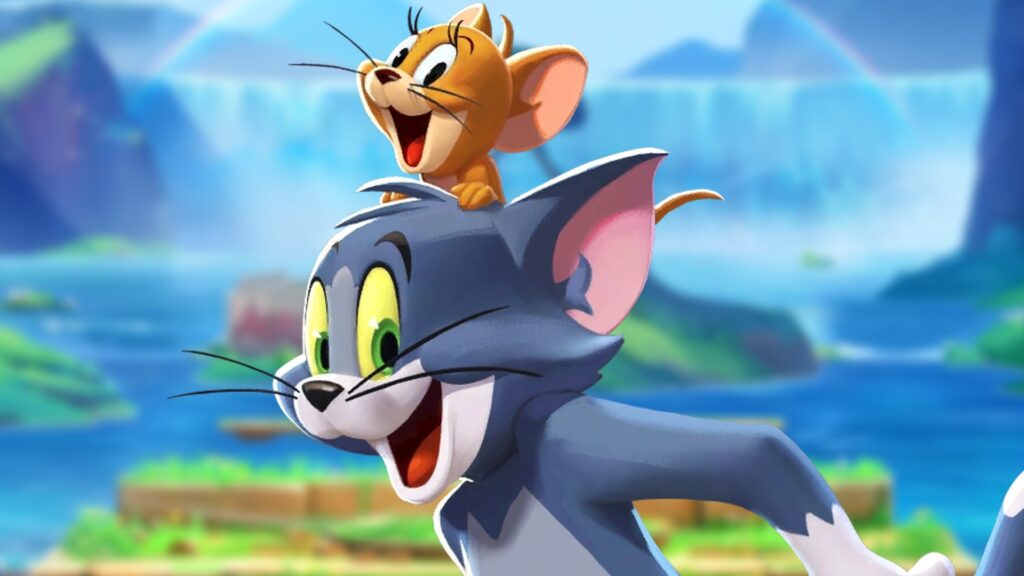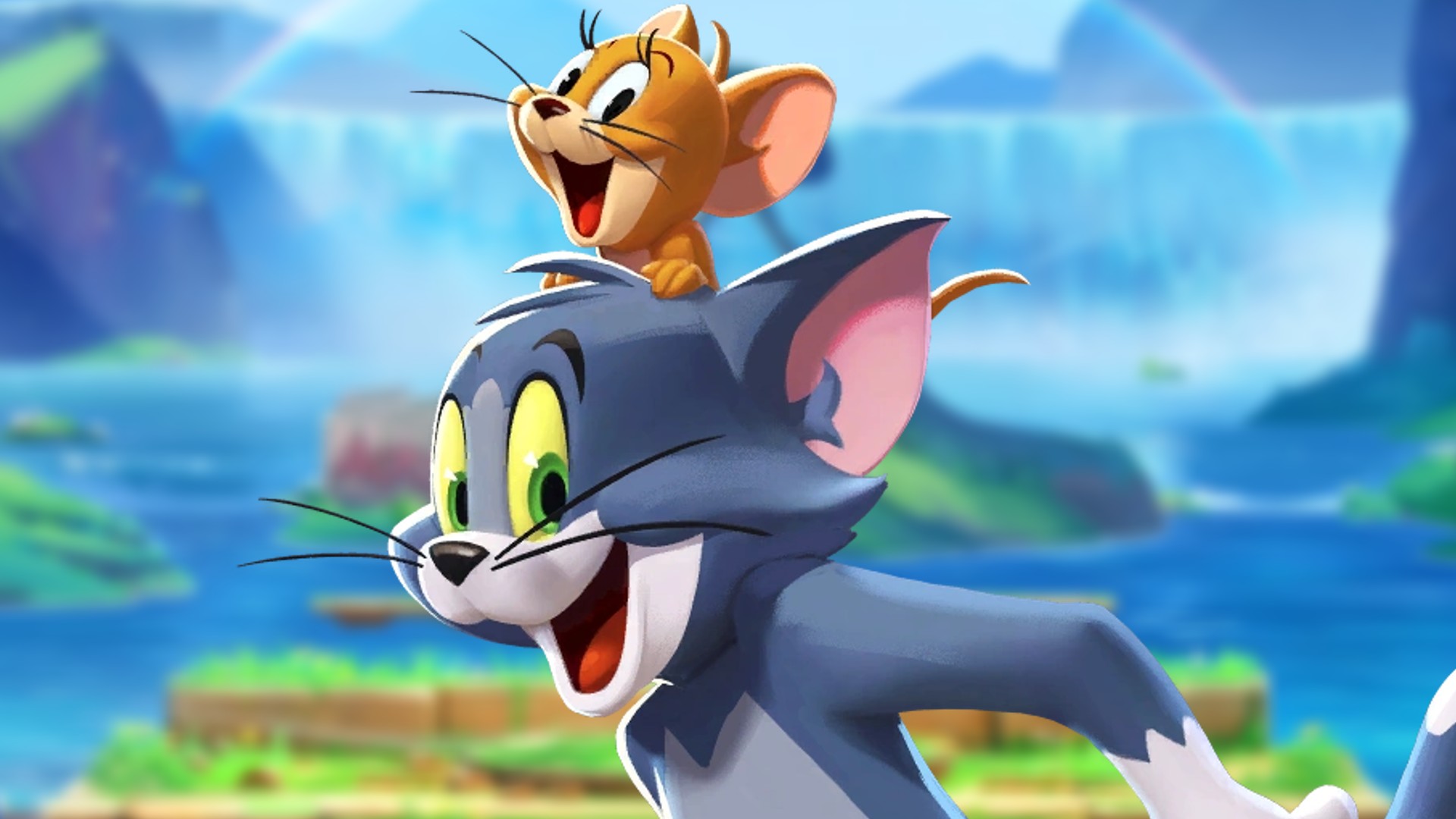
Tom and Jerry: More Than Just a Cat and Mouse Game
For generations, Tom and Jerry has captivated audiences with its slapstick humor, ingenious animation, and timeless appeal. More than just a cartoon, it’s a cultural phenomenon that has shaped the landscape of animation and comedy. This article delves deep into the world of Tom and Jerry, exploring its history, analyzing its enduring popularity, and examining the elements that make it a true masterpiece of animation.
The Genesis of a Classic: The Hanna-Barbera Era
The story of Tom and Jerry begins in the late 1930s at MGM, where animators William Hanna and Joseph Barbera sought to create a new cartoon series. Their initial concept, featuring a cat and mouse named Jasper and Jinx, wasn’t an immediate hit. However, after some refinement, they reimagined the characters and renamed them Tom and Jerry. The first short, “Puss Gets the Boot” (1940), was a success, earning an Academy Award nomination and paving the way for a legendary franchise.
Hanna and Barbera’s genius lay in their understanding of comedic timing, character design, and the appeal of simple, relatable conflicts. Tom, the cat, is forever chasing Jerry, the mouse, in a never-ending battle of wits and slapstick. The violence, while often exaggerated, is presented in a comical way, ensuring that the audience never takes it too seriously. This formula proved incredibly successful, and Hanna-Barbera produced over 100 Tom and Jerry shorts for MGM between 1940 and 1958.
A Masterclass in Silent Comedy
One of the most remarkable aspects of the original Tom and Jerry cartoons is their reliance on visual humor. Dialogue is minimal, and the story is told through expressive animation, exaggerated sound effects, and perfectly timed gags. This emphasis on visual storytelling makes the cartoons accessible to audiences of all ages and backgrounds, transcending language barriers and cultural differences. The characters’ expressions and movements are so well-defined that viewers instantly understand their motivations and emotions.
The Evolution of Tom and Jerry: Beyond Hanna-Barbera
After MGM closed its animation studio in the late 1950s, the production of Tom and Jerry shorts continued under different studios and directors. The Gene Deitch era (1961-1962) is often considered the most controversial, with its surreal animation style and darker tone. While some found it innovative, others criticized it for deviating too far from the original Hanna-Barbera formula. Chuck Jones, another legendary animator, took over in 1963, bringing his signature style to the series and introducing new characters and storylines.
Despite these changes, the core dynamic between Tom and Jerry remained the same: a relentless pursuit fueled by rivalry and occasional moments of unexpected friendship. The cartoons continued to evolve with the times, incorporating new technologies and reflecting changing cultural attitudes. The Tom and Jerry Show, which premiered in 1975, introduced a more sanitized version of the characters, with less violence and a greater emphasis on comedic situations.
Tom and Jerry in Feature Films and Television Series
Tom and Jerry‘s popularity has extended beyond short cartoons, leading to numerous feature films, television series, and spin-offs. Tom and Jerry: The Movie (1992) was a musical adventure that featured the characters speaking for the first time. While it received mixed reviews, it demonstrated the franchise’s ability to adapt to different formats and appeal to a wider audience. Subsequent television series, such as Tom and Jerry Tales (2006-2008) and The Tom and Jerry Show (2014-present), have continued to entertain viewers with new stories and updated animation styles.
Analyzing the Enduring Appeal of Tom and Jerry
What accounts for the enduring popularity of Tom and Jerry? Several factors contribute to its timeless appeal. The simple yet universal theme of cat-and-mouse rivalry resonates with audiences of all ages. The slapstick humor is both visually engaging and surprisingly sophisticated, relying on clever timing and inventive gags. The characters themselves are iconic and instantly recognizable, with their distinct personalities and expressive designs. Moreover, Tom and Jerry cartoons offer a sense of nostalgia, reminding viewers of their childhood and providing a comforting escape from the stresses of everyday life.
The Psychological Underpinnings of the Chase
The dynamic between Tom and Jerry can be interpreted on a psychological level. Tom represents the pursuer, driven by instinct and a desire to dominate. Jerry, on the other hand, represents the underdog, using his wit and agility to outsmart his larger opponent. This dynamic taps into our innate fascination with power struggles and the triumph of the underdog. We root for Jerry because we identify with his resourcefulness and his ability to overcome adversity. Tom’s constant failures, while humorous, also serve as a reminder that even the most determined pursuer can be outsmarted.
Tom and Jerry: A Cultural Touchstone
Tom and Jerry has become a cultural touchstone, influencing countless other cartoons, films, and television shows. Its innovative animation techniques, its emphasis on visual humor, and its iconic characters have inspired generations of animators and comedians. The series has also been the subject of academic study, with scholars analyzing its themes, its cultural significance, and its impact on popular culture. Even today, Tom and Jerry continues to be a source of inspiration and entertainment, reminding us of the power of laughter and the enduring appeal of classic animation.
Parallels in Modern Animation
The influence of Tom and Jerry can be seen in many modern animated series. Shows like The Simpsons and Family Guy owe a debt to Tom and Jerry‘s slapstick humor and its willingness to push the boundaries of comedic violence. The dynamic between characters like Itchy and Scratchy in The Simpsons is a direct homage to the cat-and-mouse rivalry of Tom and Jerry. Even in more recent animated films, such as Ratatouille and Toy Story, we can see echoes of Tom and Jerry‘s emphasis on visual storytelling and its ability to create memorable characters.
Warner Bros. Discovery and the Future of Tom and Jerry
Today, the Tom and Jerry franchise is owned by Warner Bros. Discovery, and the company continues to produce new content featuring the iconic characters. The most recent iteration, Tom and Jerry in New York, premiered on HBO Max in 2021 and follows the duo as they navigate the bustling streets of New York City. This series demonstrates Warner Bros. Discovery’s commitment to keeping the franchise alive and relevant for new generations of viewers. The company also continues to release classic Tom and Jerry cartoons on DVD and Blu-ray, ensuring that the original shorts remain accessible to fans of all ages.
Maintaining the Legacy
Warner Bros. Discovery faces the challenge of balancing the desire to innovate with the need to preserve the legacy of Tom and Jerry. While new iterations of the series may incorporate updated animation styles and contemporary themes, it’s important to maintain the core elements that have made Tom and Jerry so beloved for so many years. This means preserving the slapstick humor, the emphasis on visual storytelling, and the iconic characters that have become synonymous with the franchise.
A Lasting Legacy of Laughter and Animation Innovation
Tom and Jerry‘s enduring legacy is a testament to the power of simple, well-executed animation. The series has entertained generations of viewers with its slapstick humor, its inventive gags, and its iconic characters. While the production of Tom and Jerry cartoons has evolved over the years, the core dynamic between Tom and Jerry has remained the same: a relentless pursuit fueled by rivalry and occasional moments of unexpected friendship. As long as there are cats and mice, there will be a place for Tom and Jerry in the hearts of audiences around the world. Share your favorite Tom and Jerry moments with us below!

